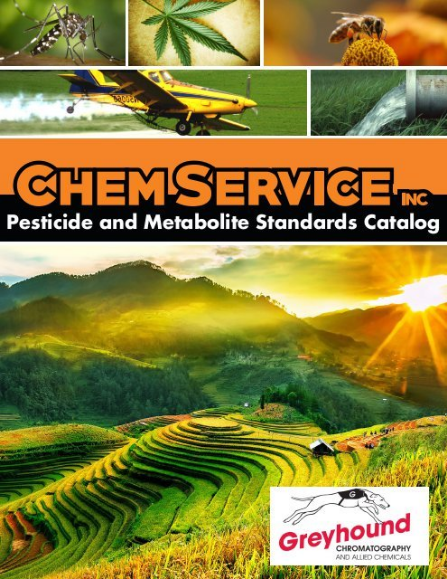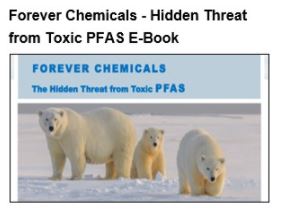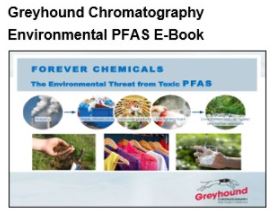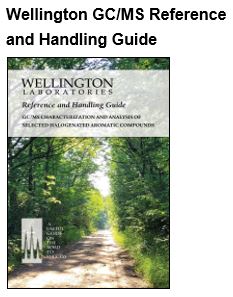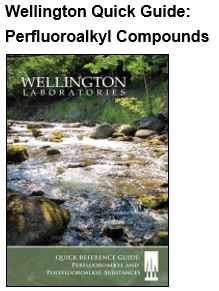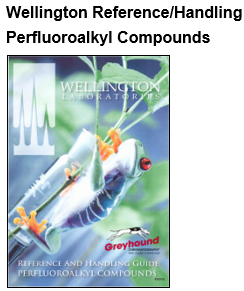Common Coffee Pests and Pesticides
![]()

When it comes to global trading, coffee is king. This commodity is the second most valuable traded item in the world, behind only petroleum products, according to Global Exchange. About 12 billion pounds of coffee are consumed each year, with 11 million hectares and 25 million farmers involved in growing this precious crop.
Although you may not think of coffee the same way as you consider wheat, corn or other major crops, this tiny bean faces comparable pests and diseases and requires a smart pesticide treatment. Grab a cup of Joe and learn about what pests are common with coffee growth, which pesticides are best and how they can impact the coffee industry.
Common coffee pests
Like most plants, coffee is susceptible to a number of insects, fungi and diseases that can ruin the fruit and cripple the plant. However, because it's such a valuable crop, it's critical for farmers to treat these pests and protect their valuable beans. The first step to defeating these nuisances is by understanding what you're up against. Here are some of the most prevalent pests for coffee, according to the Food and Agriculture Organization of the United Nations:
Green coffee scale - These insects don't just suck the sap out of the coffee plant, causing reduced growth and damage, they also attract ants and sooty mold, which can further hurt the crop yield. Only a few millimeters long, green coffee scales are common in crops?, and very dangerous for farmers. They can be identified by the honeydew spots they leave behind.
Coffee berry borer - The FAO explained that coffee berry borers have not been around very long, but they should be addressed quickly because they can lead to a 50 percent reduced crop yield. As their name explains, these pests bore into the berry where they leave their eggs. Once the eggs hatch the insects eat the coffee bean.
Mealybug - Also only a few millimeters long, mealybugs can wreak similar havoc to green coffee scale. They feast on young shoots and roots, the FAO explained, which can lead to severe crop damage. They're often found after broad-spectrum pesticides wipe out their existing habitats or during the dry season. These bugs can lead to sooty mold on the crop and often live under leaves.
Cercospora leaf spot or brown eye spot – Characterized by brown spots on the leaves, this fungus often develops from poor nursery care. It's tied to too much moisture but can be treated before the plant is ruined in some cases. This fungus can also occur later in the plant's life affecting either the leaves or the berries.
Coffee leaf rust – The symptoms for leaf rust are also small spots, although they're more powdery, orange and large. This disease can lead to significant leaf loss, which in turn could result in dieback and eventually a serious reduction in the size and quality of the coffee, the FAO explained.
Popular pesticides
Coffee growers often rely on pesticides to keep fungi, insects and other pests at bay. These chemical compounds can be applied broadly or directly depending on the infestation risk and the type of chemical.
The FAO pointed to copper sprays as the best treatments for fungi diseases as well as other pest treatments to prevent mold from developing in the first place.
For the insects, combinations of cypermethrin (also sold as ()(a)-Cyano-3-phenoxybenzyl() cis;trans-3-(2.2-dichlorovinyl; Ammo®; Barricide®; Cymbush; Cyperkill; Flocord®; Imperator; Kafil Super), deltamethrin (also sold as Butox®; Decis®; K-Othrin®; (S)-a-Cyano-3-phenoxybenzyl(1R;3R)-3-(2;2-dibromovinyl)-2;2-dime) , chlorpyrifos (also sold as O.O-Diethyl-O-[3.5.6-trichloro-2-pyridyl]-phosphorothioate; Dursban®; Trichlorpyrphos; Pyrinex®; PS-674),carbaryl (also sold as 1-Naphthyl-N-methylcarbamate; Sevin®; Arylam®; ) and malathion are all used to eliminate these pests at recommended levels. They should be used in conjunction with smart farming habits, such as eliminating dead wood which could attract termites or avoiding over watering.
Impact of pesticides on coffee
Many people drink organic coffee over traditional options. Three scientists from Japan Ecotech Co's Fukushima Analytical Center looked at how important organic coffee growing was by examining the impact of roasting on piperonyl butoxide, atrazine (also sold as 2-Chloro-4-ethylamino-6-isopropylamino-s-triazine; Aatrex®; Gesaprim®; Atratol®; ) , γ-BHC, chlordane (aslo sold as 1.2.4.5.6.7.8.8-Octachloro-3a.4.7.7a-tetrahydro-4.7-methanoinden; CD-68®; Toxichlor®; Velsicol 1068®; Octachlor®; Octa-Klor®; 1.2.4.5.6.7.8.8-Octachloro-4.7-methane-3a.4.7.7atetrahydroindane) and heptachlor (also sold as 1.4.5.6.7.8.8-Heptachloro-3a.4.7.7a-tetrahydro-4.7-methanoindene; Drinox®;).
The 2012 study, published in Shokuhin Eiseigaku Zasshi or the Journal of the Food Hygenic Society of Japan, found that most residue levels were significantly reduced after roasting. Atrazine and y-BHC were undetectable, while about 90% of the chlordane (also sold as 1.2.4.5.6.7.8.8-Octachloro-3a.4.7.7a-tetrahydro-4.7-methanoinden; CD-68®; Toxichlor®; Velsicol 1068®; Octachlor®; Octa-Klor®; 1.2.4.5.6.7.8.8-Octachloro-4.7-methane-3a.4.7.7atetrahydroindane) and piperonyl butoxide (also sold as Butacide®; Butoxide®; 3.4-Methylene-dioxy-6-propylbenyzl n-butyl diethylene glycol eth) disappeared and heptachlor was found at much lower levels.
The scientists tested the beans by spiking them with high concentrations of the various chemical compounds.
Chem Service has over 2,000 Pesticide and Metabolite Reference Standards.
CONTACT US
Tel: +44 (0) 151 649 4000
Email: marketing@greyhoundchrom.com
FOLLOW US
YOU MAY ALSO BE INTERESTED IN OUR NEWSLETTER
About the Author
Susan Massie, Sales & Marketing Director, Greyhound Chromatography and Allied Chemicals Email: sue@greyhoundchrom.com
Susan Massie is the Sales & Marketing Director for Greyhound Chromatography and Allied Chemicals, affectionately known as 'Greyhound' in our scientific community. Greyhound was founded by Susan's husband Paul Massie more than 40 years ago, Susan hasn't been in the business for all of that time but has been involved with Greyhound for over 17 years. Greyhound continues to grow, expanding into new markets and taking on the challenges of our ever changing environment. It's heartwarming to witness the world waking up to the fact that we are damaging our planet on a daily basis. Every action we take has a direct effect on our planet and the world we leave behind for future generations. Susan is passionate about climate change and is happy to work in an industry that can have a direct effect on reducing the impact of our actions on the environment. All of the team at Greyhound take our responsibilities very seriously, the products that we supply are used by the world's leading scientists and chemists as they endeavour to monitor and repair the environment. All is not lost, if we all take responsibility for our actions, from reducing our waste and reusing or recycling our material collateral we can make a difference. The internet is full of useful advice and guidance, Susan is proud to contribute to that wealth of knowledge whenever she can.
Greyhound prides itself on personal service which provides prompt, efficient, cost-effective, safe delivery of all products. Greyhound provides technical advice and distribution of Certified Reference Standards and Materials, Laboratory Consumables, Solvents and Reagents across all scientific disciplines. Greyhound Chromatography offers over 1 Million products from its UK warehouse. The team at Greyhound are proud to support the work of the world's leading scientists and chemists as they challenge the abuse of our planet and try to make a difference to the world we leave behind for our ancestors.
You can view Susan's Linked In Profile here https://www.linkedin.com/in/susan-massie-79ab4121/

